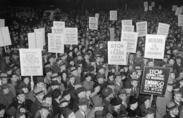Turned Away on the M.S. St. Louis
Holocaust survivor Sol Messinger describes his experiences attempting to emigrate from Germany to Cuba in 1939 aboard the ship the M.S. St. Louis.
Hitler's Ideology: Race, Land, and Conquest
Scholar Doris Bergen discusses the ideologies of Adolf Hitler and the Nazis.
Step By Step: Phases of the Holocaust
Scholar Doris Bergen describes the phases of events that led to the Holocaust.
Preconditions for the Holocaust: Prejudice in 20th Century Europe
Scholar Doris Bergen describes some of the preconditions that contributed to Nazi violence in World War II and the Holocaust.
"Kristallnacht": The November 1938 Pogroms
Scholars discuss the events of Kristallnacht, a series of violent attacks against Jews in Germany, Austria, and part of Czechoslovakia in November, 1938.
Refugees Aboard the St. Louis
Passengers aboard the St. Louis, seeking refuge from Nazi-occupied Europe, wait to find out if they will be allowed entry into Cuba in June 1939.
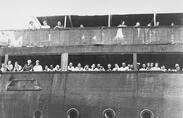
Refusing Passengers Aboard the St. Louis
US Ambassador to the United Nations Samantha Power explains how World War II and the Holocaust changed how we think about refugees today.
The Vilna Ghetto Manifesto
Read Abba Kovner’s treatise urging the Jews of the Vilna Ghetto to rise up and resist the Nazis.
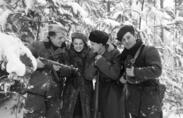
The Beginning of the Nazi Party
Consider why the Nazi Party platform and Adolf Hitler attracted followers in the wake of Germany’s defeat in World War I.
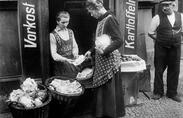
Refugee Blues
Read W.H. Auden’s poem “Refugee Blues” about the plight of Jewish refugees during the Holocaust.
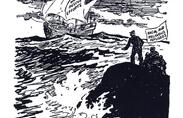
The Voyage of the St. Louis
Consider why countries including the United States refused to accept Jewish refugees aboard the M.S. St. Louis who sought escape from Nazi-occupied Europe.

The Rise of the Nazi Party
Students examine how choices made by individuals and groups contributed to the rise of the Nazi Party in the 1920s and 1930s.
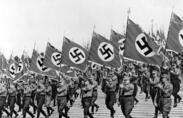
The Refugee Crisis and 1930s America
Students are introduced to the many factors that influenced Americans’ will and ability to respond to the Jewish refugee crisis, including isolationism, racism, xenophobia, and antisemitism.
